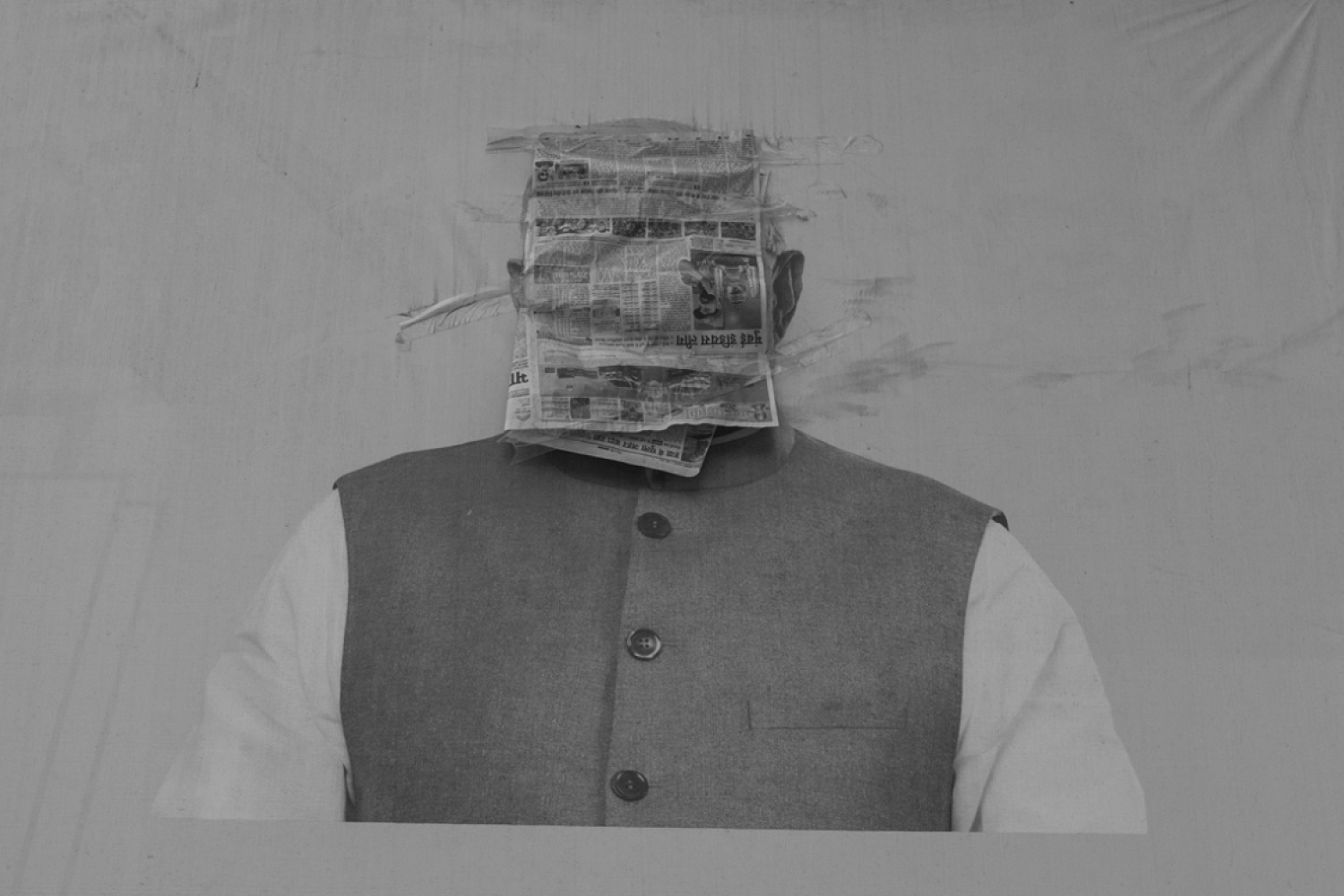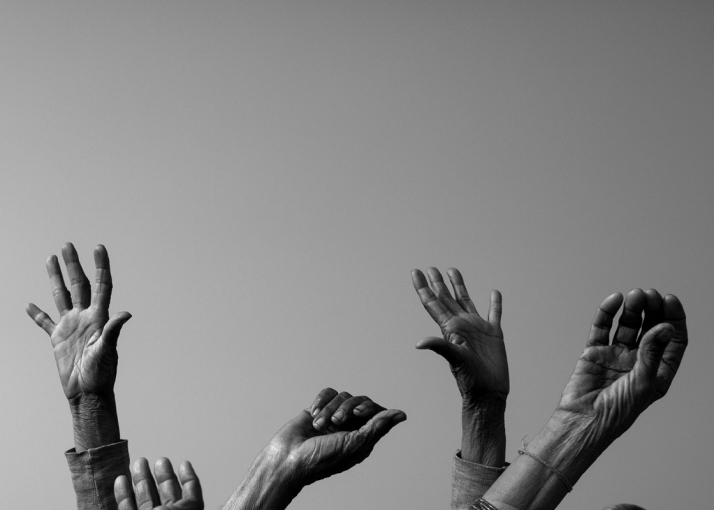

Photographer Nirvair Rai doesn’t believe in putting tags to photography. He dictates stories through his images. He fluently connect us to the place and the people he captures in his pictures. He has read across the plight of Rohingyas when studying at Pathshala in Dhaka. Nepal earthquake, 100 years of Jalianwala Bagh and now the streets of Mumbai. He journeyed through people and their stories in these volatile areas. ‘All these projects somehow come to you, a newspaper read or a conversation with a friend, helps you find projects and then you dive deeper. The only purpose post working in sensitive areas is how we as story tellers give back to the people and not just make our own name out of someone else’s misery,’ he says.
In his latest solo exhibition, Reclaiming Spaces he walks across Mumbai and reads everyday people and their everyday pains. We asked him a few questions around it.
Tell us about your early days?
My early days were spent in a small town in Punjab called Bathinda. Growing up with a darkroom always helped to weave into the magic of making images. My father nirlep singh honed my skills since I was a tiny tot. An engineer by profession, he made images for the love of them. That pull still remains with me, to step out and see the world, daily. Studying in Rishi valley Andhra Pradesh also helped me grow perspectives about ways of living. Both these places kept me close and rooted to nature.
When and how did your romance with the arts begin?
My romance with the art also started during my early morning walks with my dad in the fields of Punjab. Canals running on both sides and ripe fields waiting to be harvested . Interactions with the city and the rural helped me find a balance between these two worlds.
What is your first memory of making images?
First few memories would be On a film camera, mostly getting to shoot a lot of micro shots of flowers , bees, and dew drops in our backyard.

Do you need to feel in order to create?
One needs to be in order or chaos to create. Whatever comes your way, it all channelises into your work. I’ve learnt to embrace all. My primary driver to be an artist would be to see the world everyday and connect to it. This allows me to walk distances no matter where life takes me and experience it on foot. 'Art to the masses, masses to the art' is concept I picked from Dhaka at Chobi mela festival. The mela was for the people, done by curators from Pathshala. While all the stories come from the outside world, thus the shows were curated publicly. When you do art for the larger population, your visual language also needs to be accessible/ simplified in order to connect with the larger population, besides the medium you publish it at. This commitment comes out as a response to a visible movement of art becoming exclusive and also excluding the general population.
Tell us about your relationship with Bombay. What is it that you’re trying to express and what are the layers you were hoping to explore?
Mumbai for me is a the spirit of how its run day in and day out. How the larger population comes from the outskirts of the city, pouring in, to start and wake up the city. Everyone everywhere has a place to belong. Every city has its disparities, but Bombay seems to carry those with grace and respect. The sea binds the people, together, as everyone flocks to see the same sun set from its promenades. Mumbai as a city in spite of being a crowded place, is characterised by love and respect for diversity. polite at heart, and easy on the nerves.
How do you balance the aspects of sensitivity and documenting in your work?
The only balance for me inbetween documenting and sensitivity is circling back to giving back to the people where the stories come from and from where even our careers root from. How to localise your work published and the work itself to become accessible in its look.
What has been your biggest learning?
With the camera I've been able to connect with people. You slow down in this process , one observes. I also feel as an artist, I have a responsibility more than myself and my career to also give back to society and make changes. I see too much of my own privilege and I feel as artists we collectively can speak volumes if spoken at the right places. When people open up as they do in front of a camera, one could see the same thread of love, dreams, fear, a common thread running through all.
Words Hansika Lohani
Date 29.01.2024